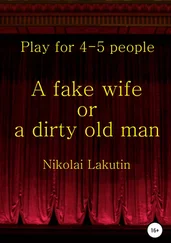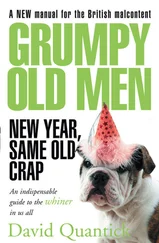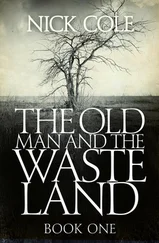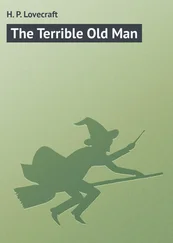Texans like to hunt. Don is a leading member of the Dallas Safari Club. He has shot game in about every country where there is game to shoot: Alaska for bear, Argentina for dove, England for pheasant, South Africa for whatever has big teeth, and all the way to New Zealand for a mountain something-or-other. He and Paul purchased the ranch a few months back as a hunting reserve. They will install a weekend trailer home next month.
Don and Paul transfer to the Hummer for the drive to the trailer site while Eric and Jack scatter dirt competitively with their rear tyres. The site is on the crest of a bluff and has views for miles over what, in Africa, would be called ‘bush’. Texas bush is mostly dwarf cedar and mesquite. The bluff forms a hook and falls away steeply, right below the site to a fifty-acre patch centred on a spring-fed pond. Thin the mesquite and scrub cedar and you could watch the game come to the water – a Texan version of Kenya’s Tree Tops Hotel.
Paul isn’t a hunter. He wishes to sit out on the deck of an evening, sip a cold beer with friends and watch the animals.
Jack imagines mounting a twin-barrel heavy machine gun on the deck so he can blast anything that moves.
We drink beer while Don drives us round the property on the ring road they’ve cleared and down a track that twists between the trees to a second pond. Jack is searching the track for hog tracks. Hogs are domestic pigs gone wild, some twenty or thirty generations back. Jack has a hog obsession. He guns down a hog. He imagines he’s masting an al-Qaida bomber. Wasting is Jack’s solution to most problems and he enjoys a fine turn of phrase.
We leave the ranch around five p.m. and are faced with a four-hour drive home. We are 200 miles short of Dallas on a stretch of road under repair when Don hits a hole and bottoms his oil pan on a rock.
So now there are three bikes and Don drives the Hummer. I shift to the passenger seat, watch the country fly by and pester Don with endless questions. We have travelled 1200 miles of Texas in two days. We have enjoyed ourselves the way boys do. I have met extraordinary courtesy, kindness, generosity and good humour in every place we stopped. We have burnt enough gas to raise the planetary temperature a couple of degrees. And I have been saved from disaster by an angel: she of the Bourbon Street Café.
To Mexico, Tuesday 9 May

I leave tonight by bus for the Gulf of Mexico port of Veracruz. I have done in Dallas what a visitor should: watched a baseball match (my first), admired the play of light on the glass facades of Pei’s magnificent tower, and glutted on Tex-Mex and barbecue ribs. Today I am invited to an executive breakfast club on the twenty-seventh floor of a downtown office building. The hundred or so members are white and male. Latino waiters serve a vast buffet. When introduced, I mumble a few words of gratitude for Dallas hospitality.
The day’s guest speaker has published the history of the United States flag in verse. Each verse faces a full-page illustration of an American family: Mom, Pop and two kids – white, of course. General Tommy Franks has penned an introduction.
Only the army and the Church stand between America and chaos. The flag is their symbol and the speaker is campaigning to have his history distributed to every primary school. He warns us of the 1 .2 billion Muslims in the world, every one of whom is taught from birth to hate and kill Americans. Hindus, Buddhists, Asiatics, Africans and Arabs are equally dangerous. A passing joke at the cowardly French raises a titter.
A member whispers to me in Spanish that not everyone present would agree with the speaker.
My bags are in the Hummer. Don drives from construction site to construction site. His workers are Mexican. I listen to the radio and watch the construction of a freeway overpass. Thirty or more huge trailer trucks queue to unload enormous concrete girders. Three cranes swing the girders into place. Trucks feed a concrete mixer the size of a European factory. We pass by the gun shop and eat steak.
Late afternoon we visit a friend of Don’s who leases mobile road barriers, traffic cones and road signs. He and his father share a 7000-acre hobby ranch in Oklahoma. The ranch is ringed with deer fencing and they’ve sunk a million dollars into damming a creek. If they were British, they would have bought a holiday apartment on the Costa Brava.
Don and his friend drive me to the bus terminal. They make jokes at my bravery in travelling by Mexican bus. Mexican buses fall over cliffs. This is Texas. What cliffs? The road is straight. The land is flat. Nightlife is sticky doughnuts at an arc-lit service station. Lights glimmer dimly in trailer homes and in homes indistinguishable from trailers. I have a double seat to myself directly behind the driver. He drives with one hand while eating a half-pint tub of caramel ice-cream.
Entering the US is tough. Leaving is easy. The bus cruises through customs and immigration. I have a moment in which to note a queue several hundred metres long of aspiring Mexican immigrants. Then we are at the Mexican border. I still have my US entry card. I have no exit stamp in my passport. I have left the US illegally.
The Mexican immigration officer asks how long I will be in Mexico. I explain my trip and make a guess at four weeks. He examines me with interest and issues a visa valid for three months.
Dallas is twelve hours and forty-six dollars away from Monterey. The border region is as dry as Texas. The only hills are of dead cars heaped in junkyards. Finally, real hills appear. The highway dips into a narrow valley and Monterey surfaces from within a pale haze of exhaust fumes. The driver pulls into the depot and rushes me across to the bus company that makes the run to Tampico. A morning bus leaves at ten. This bus is new: seats tip all the way back; seatbelts are easy on the shoulders; Kung Fu movies play on the video screen.
I doze on the road to Tampico and wake to my first palm tree of the journey, sisal fields, jacarandas in flower, a flame tree. We pull into the Tampico bus depot at four p.m. Buses leave for Veracruz every hour. I find a trucker’s restaurant and eat steak ranchero with fresh corn tortillas and red and green chilli sauce.
I call the Ampara Hotel in Veracruz and book a room. This bus is the most comfortable yet. Again I sit directly behind the driver and watch the speedo. Night falls and we crawl through hill country on a double-lane highway behind a convoy of tanker trucks. Mexico is the US’s largest source of oil. Gas torches flame beside collector tanks.
The bus pulls into Veracruz terminal at five the following morning. I have travelled 1214 kilometres at a cost of 115 dollars. Veracruz is hot. The Amparo Hotel is a block from the central square. I have a room with a shower and a ceiling fan. The hotel is clean. My room is quiet. Two windows open on to the central well.
Moto Diaz is the main Honda agent in Veracruz. I had emailed Honda Mexico from the UK. My bike is waiting – a white Honda 125 Cargo. Honda advertises the model as a workhorse. In truth, it is a pizza delivery bike. It has a one-person seat and a large rack for the pizza box. A serious grey-haired mechanic is preparing the bike for my journey. The mechanic assures me that the bike will carry me to Tierra del Fuego sin problemas. No problems. I buy a removable rack box and the Honda agent presents me with a smart helmet. Tomorrow I queue for registration plates. I am warned that this may take all day. This evening I celebrate my purchase with a dish of devilled prawns and a bottle of Mexican lager.
Читать дальше
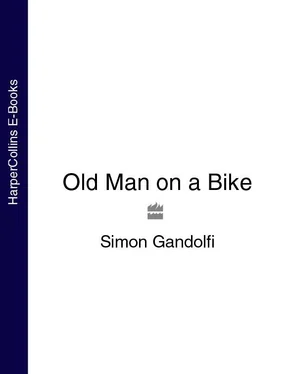

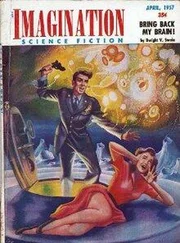

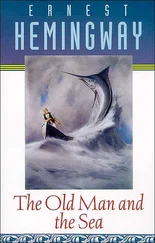
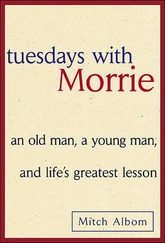
![Джон Скальци - Questions for a Soldier [Old Man's War 1.5]](/books/418139/dzhon-skalci-questions-for-a-soldier-old-man-s-wa-thumb.webp)

